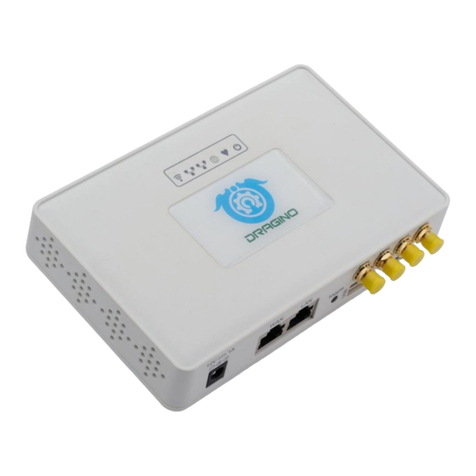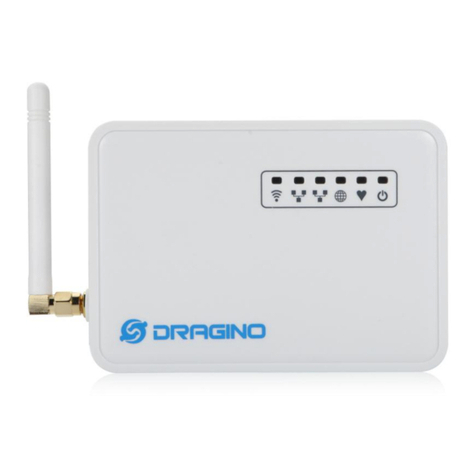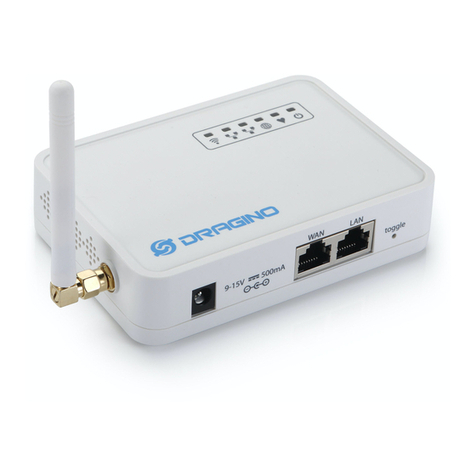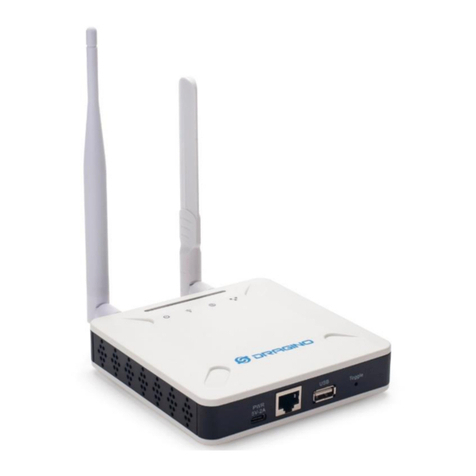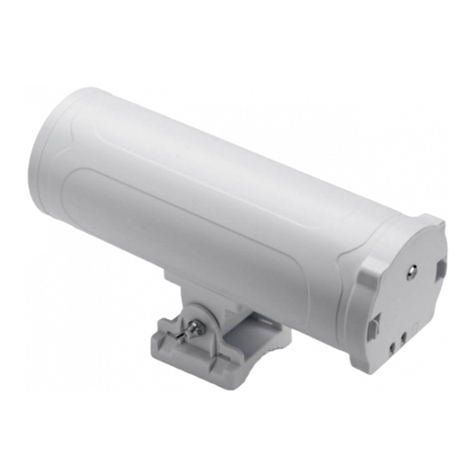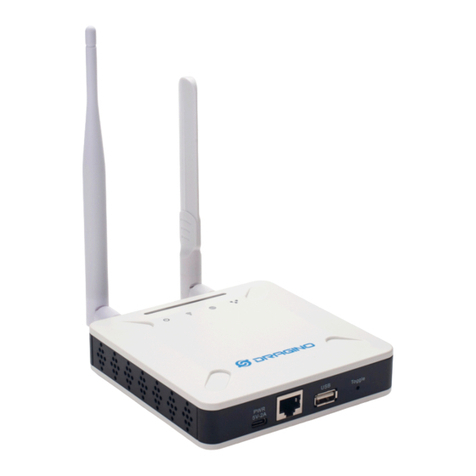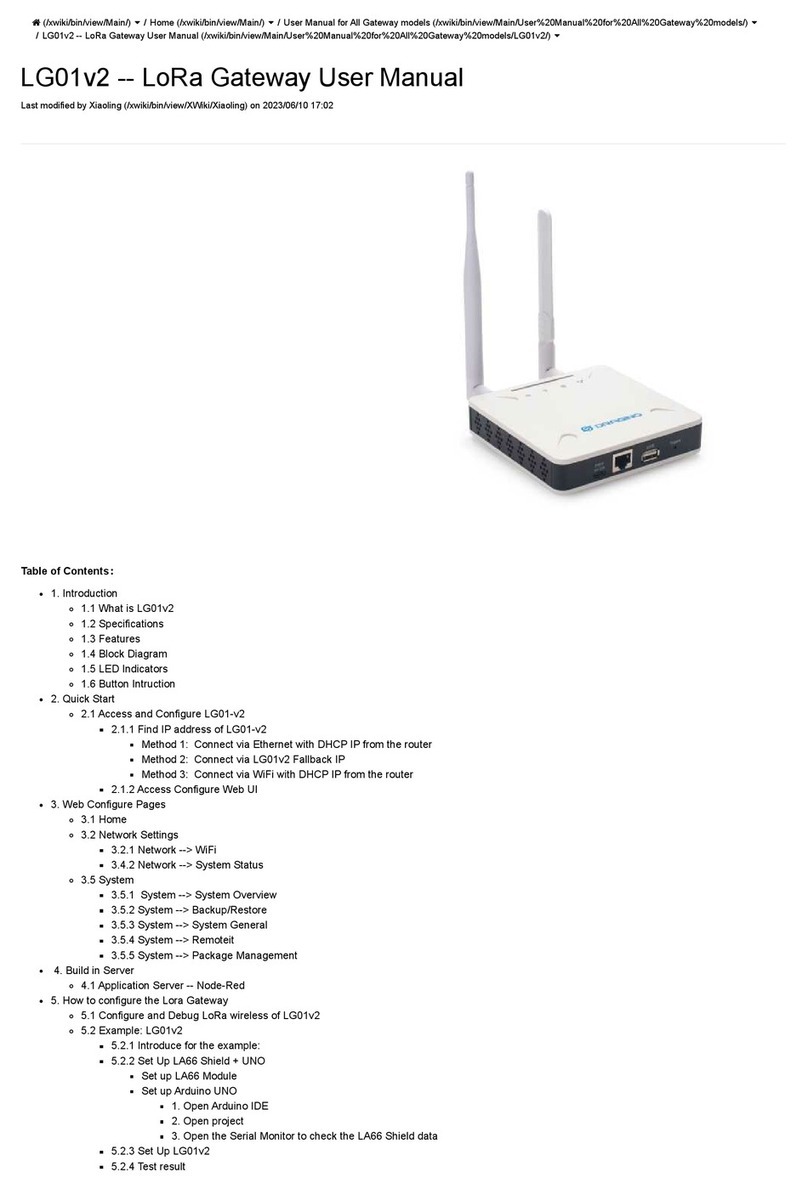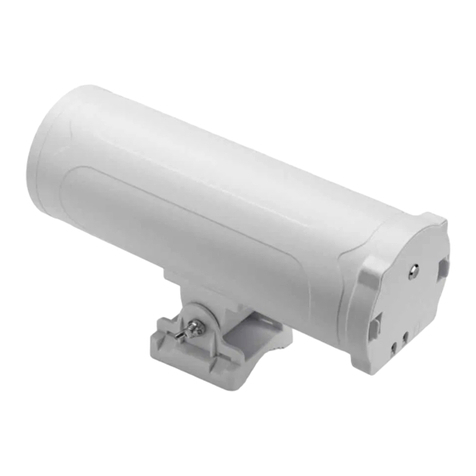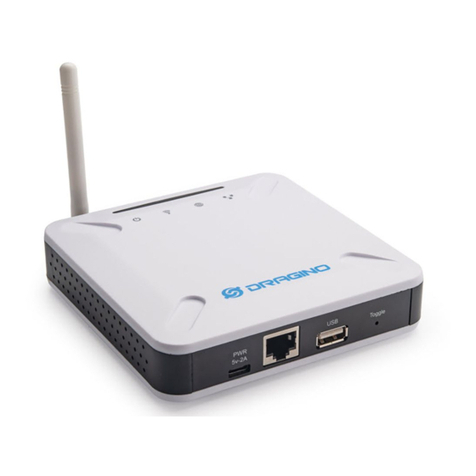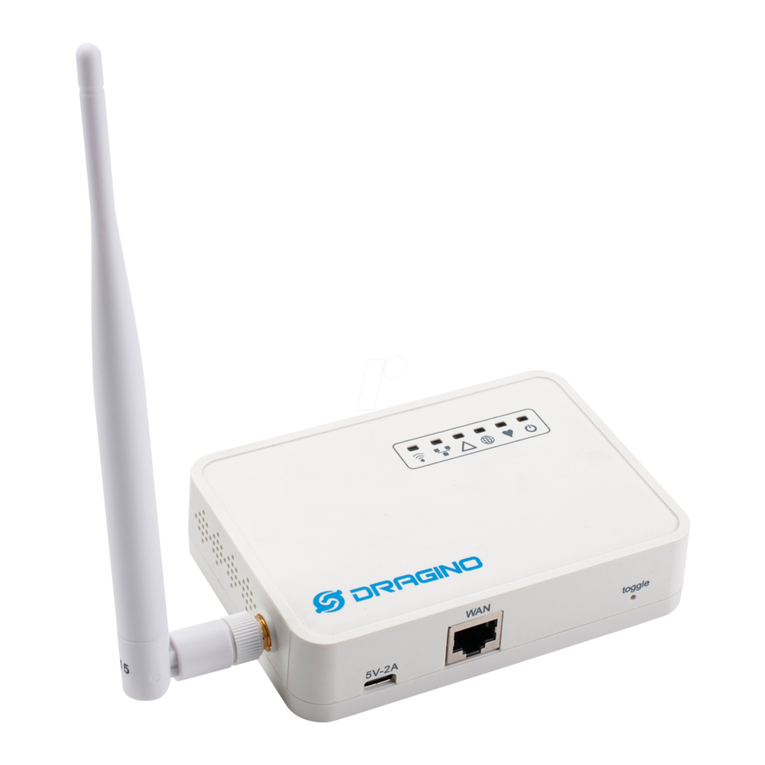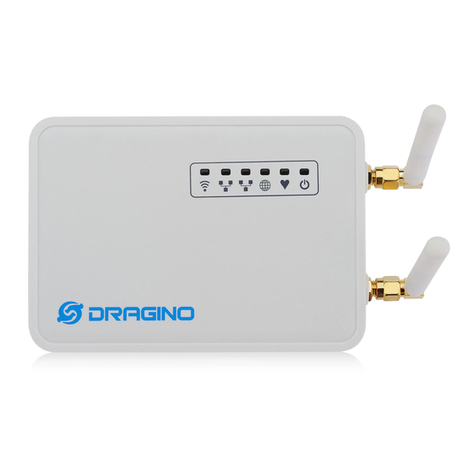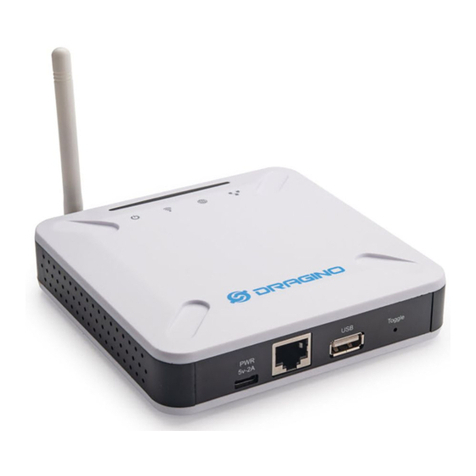
Table of Contents
1. Introduction ........................................................................................................................................................................ 5
1.1 What is the LG308N .................................................................................................................................................... 5
1.2 Specifications ................................................................................................................................................................ 6
1.3 Features ........................................................................................................................................................................ 7
1.4 Hardware System Structure ....................................................................................................................................... 7
1.5 LG308N Applications .................................................................................................................................................. 8
1.6 LED Indicators .............................................................................................................................................................. 9
1.7 Button Instruction .......................................................................................................................................................... 9
2. Access and Configure LG308N ...................................................................................................................................... 9
2.1 Find IP address of LG308N ....................................................................................................................................... 9
2.1.1 Connect via WiFi .................................................................................................................................................... 9
2.1.2 Connect via WAN port with DHCP IP from router ........................................................................................... 10
2.1.3 Connect via LAN port with direct connection from PC .................................................................................... 10
2.1.4 Connect WiFi with DHCP IP from router .......................................................................................................... 10
2.1.5 Connect via LAN port by fall back ip ................................................................................................................ 11
2.2 Access Configure Web UI ........................................................................................................................................ 11
3. Typical Network Setup ................................................................................................................................................... 11
3.1 Overview ..................................................................................................................................................................... 11
3.2 Use WAN port to access Internet ............................................................................................................................ 12
3.3 Access the Internet as a WiFi Client ....................................................................................................................... 12
3.4 Use built-in 4G modem for internet access ............................................................................................................ 13
3.5 Check Internet connection ........................................................................................................................................ 14
4. Example: Configure as a LoRaWAN gateway ............................................................................................................ 14
4.1 Create a gateway in TTN V3 Server ....................................................................................................................... 15
4.2 Configure LG308N to connect to TTN v3 ............................................................................................................... 20
4.3 Configure frequency ................................................................................................................................................... 21
4.4 Add a LoRaWAN End Device .................................................................................................................................. 22
5. Web Configure Pages .................................................................................................................................................... 26
5.1 Home ........................................................................................................................................................................... 26
5.2 LoRa Settings ............................................................................................................................................................. 26
5.2.1 LoRa --> LoRa ..................................................................................................................................................... 26
5.2.2 LoRa --> ABP Decryption ................................................................................................................................... 27
5.3 LoRaWAN Settings ................................................................................................................................................... 28
5.3.1 LoRaWAN --> LoRaWAN ................................................................................................................................... 28
5.3.2 LoRaWAN --> Amazon AWS-IoT ...................................................................................................................... 29
5.3.3 LoRaWAN --> LORIOT ....................................................................................................................................... 30
5.4 MQTT Settings ........................................................................................................................................................... 30
5.5 System ......................................................................................................................................................................... 31
5.5.1 System --> System Overview ............................................................................................................................. 31
5.5.2 System --> General ( login settings) .................................................................................................................. 32
5.5.3 System --> Network ............................................................................................................................................. 33
5.5.4 System --> WiFi ................................................................................................................................................... 34
5.5.5 System --> Cellular .............................................................................................................................................. 35
5.5.6 System --> Network Status ................................................................................................................................ 36
5.5.7 System --> Remote Mgnt & Auto Provision ...................................................................................................... 36
5.5.8 System --> Firmware Upgrade ........................................................................................................................... 39
5.5.9 System --> Reboot/Reset ................................................................................................................................... 41
5.5.10 System --> Package Maintain .......................................................................................................................... 41
5.6 LogRead ...................................................................................................................................................................... 42
5.6.1 LogRead --> LoRa Log ....................................................................................................................................... 42
5.6.2 LogRead --> System Log .................................................................................................................................... 43
6. More features .................................................................................................................................................................. 44
6.1 More instructions ........................................................................................................................................................ 44
